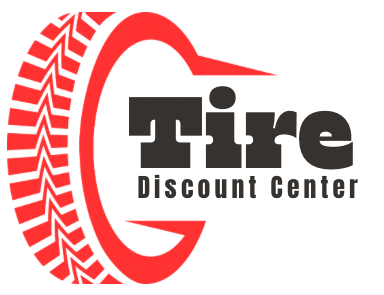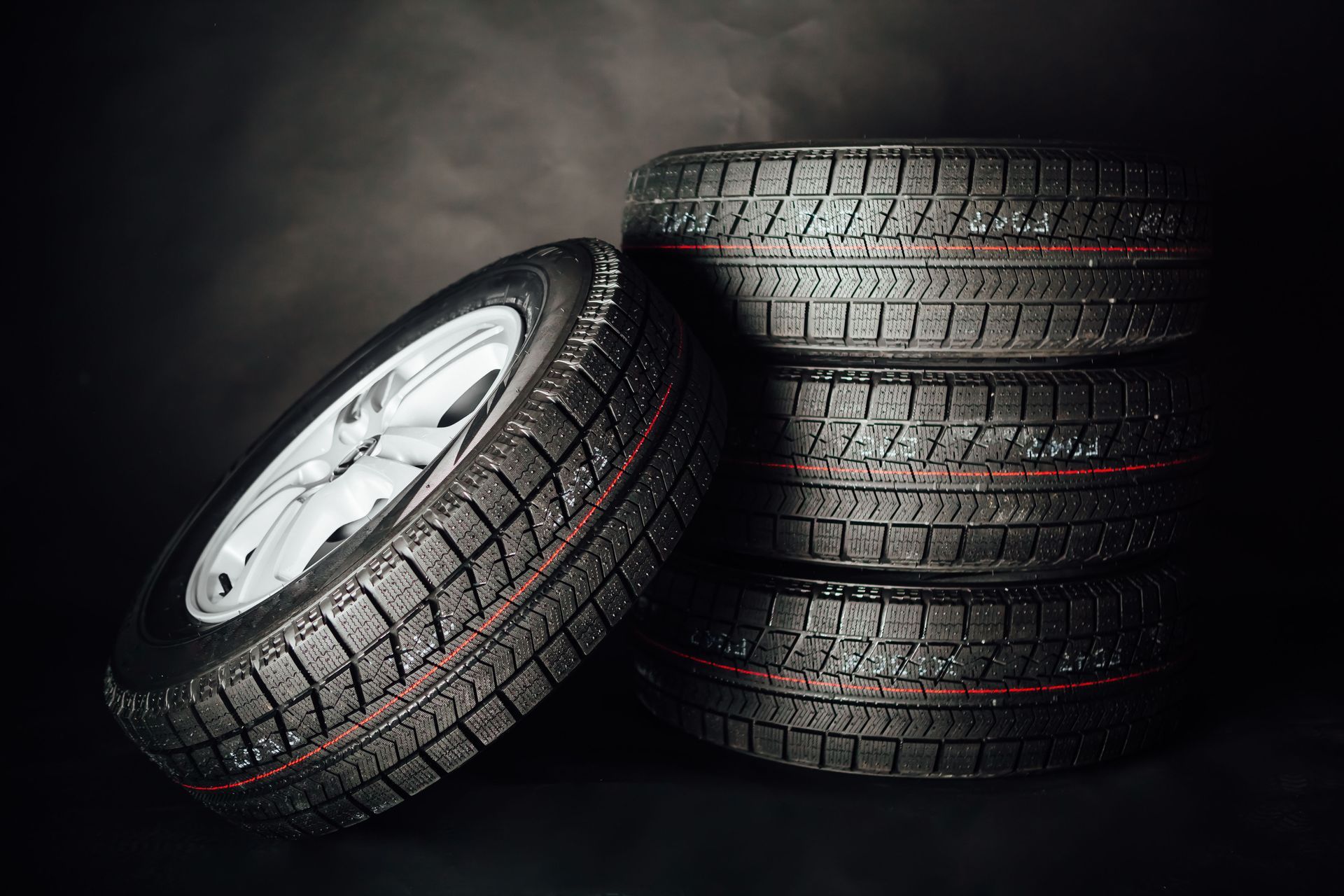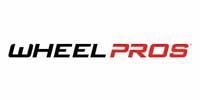August 5, 2025
Proper tire installation is crucial for vehicle safety and performance. These rubber components are the only parts of your vehicle that make contact with the road, thus affecting handling, fuel efficiency, and safety. Improperly installed tires can lead to a range of issues, from minor inconvenience to severe safety hazards. Problems such as premature wear, vehicle vibrations, and steering difficulties may arise due to poor tire installation. This article will explore the key signs of improper tire installation and help you identify potential problems before they escalate.
1. Uneven Tire Wear
a. Identifying Uneven Wear Patterns
Uneven tire wear is one of the most common signs of improper tire installation. Typically, the wear on a tire should be uniform across the tread. If you notice that certain areas of a tire's tread are wearing faster than others, this is a red flag. Different patterns like cupping, feathering, or heel/toe wear each indicate distinct underlying issues. Monitoring tire tread patterns regularly can help you catch these signs early.
b. Impact on Tire Longevity
The longevity of a tire is significantly reduced by uneven wear. Tires that experience uneven wear may require replacing sooner than their expected life span. This issue can cost vehicle owners not only in terms of shortened tire life but also in fuel inefficiency due to increased rolling resistance. For instance, according to Forbes, among those who discovered bald tires, 18.2% replaced them within 24 hours, and 16.7% waited longer than 3 weeks. Correcting uneven wear as soon as it is detected can save owners from these extra costs and ensure better performance.
2. Vehicle Vibration or Shaking
a. Causes of Tire-Induced Vibration
Vehicle vibration or shaking is another sign of improper tire installation. A common cause of such vibrations is improperly balanced tires. When a tire is not balanced properly, you may feel vibrations through the steering wheel, floorboard, or seat. Tire imbalances can originate from uneven weight distribution or out-of-round tires. Detecting these vibrations early and addressing balance issues is imperative to prevent further damage to your vehicle.
b. Diagnosing Vibration Issues
Diagnosing vehicle vibrations early can help avert more significant issues down the road. If your car exhibits vibrations, it's essential to consider other potential sources such as misaligned wheels or worn-out suspension components as well. Nonetheless, improperly installed or balanced tires are frequent culprits. When faced with ongoing vibration issues, consulting with a trained technician for a thorough diagnostic is advisable. Don't dismiss the initial signs of vibration as they could indicate more serious underlying installation errors.
3. Wheel Lugs and Bolt Installation
a. Importance of Proper Torque
Wheel lugs and bolts are critical to the secure installation of tires. Using the correct torque levels when tightening wheel lugs is essential. Insufficient torque can cause loose lug nuts, while excessive torque can damage both the lug nut and the wheel itself. It is crucial to follow the vehicle manufacturer's specific torque specifications during installation. Properly torqued lug nuts ensure that the wheel is securely attached and optimally balanced.
b. Signs of Loose Lug Nuts
Loose lug nuts are a dangerous consequence of improper installation and can lead to severe safety hazards. Telltale signs of loose lug nuts include a rattling noise while driving, particularly during start-and-stop conditions. In some cases, a loose wheel can cause significant vibration. While roadside impacts are a leading cause of looseness, improperly installed or inadequately torqued lug nuts are often to blame. Regularly inspecting and retightening wheel lug nuts is an important maintenance step.
4. Tire Leaks and Air Pressure Issues
a. Causes of Sudden Air Loss
Tire leaks and air pressure issues often indicate poor tire installation. Sudden air loss can occur due to improperly sealed beads, defective valves, or damage caused during installation. Additionally, tires with newly installed wheels may experience slow leaks if not seated correctly. Understanding these potential causes can help inform decisions about inspection and maintenance. Resolving leaks promptly is the safest and most cost-effective solution.
b. Impact on Fuel Efficiency
Improper tire pressure directly impacts fuel efficiency. Under-inflated tires have increased rolling resistance, causing the engine to work harder and use more fuel. Additionally, incorrect air pressure affects steering and braking performance. According to studies, maintaining the recommended tire pressure can save up to 3% in fuel costs. Therefore, routine checks using a reliable air pressure gauge can mitigate these issues.
5. Steering Problems and Alignment
a. Effects on Vehicle Handling
Poor tire installation can severely impact a vehicle's handling performance. Issues like steering hesitation during turns or lack of responsiveness are red flags. Over time, this can increase wear on the steering system and pose a serious risk. Handling issues often arise simultaneously with other signs like uneven tread wear, adding cumulative risk for drivers. Addressing handling problems early safeguards the vehicle and its occupants from potential dangers.
b. Connection Between Installation and Alignment
Proper installation and alignment are interconnected processes that affect tire lifespan and vehicle performance. When new tires are installed, it's often necessary to realign the wheels to prevent uneven wear and ensure proper handling. Misalignment can occur due to various factors, including hitting curbs, potholes, or improper installation. While alignment adjustments seem straightforward, they require expertise and precision. Consistent alignment assessments are an essential part of vehicle maintenance routines.
6. Audible Irregularities While Driving
a. Identifying Unusual Tire Noises
Audible irregularities, such as unusual tire noises, often signal problems with tire installation. These noises could include thumping, humming, or whining sounds that vary with speed and road conditions. Such sounds often point to issues like tire imbalances, misaligned wheels, or loose components. It is crucial to differentiate these sounds from noises caused by road conditions or vehicle design. Promptly identifying and addressing these noises can prevent more serious mechanical issues down the line.
b. Common Causes and Their Solutions
Unusual tire noises can result from a variety of installation errors. Balancing issues typically cause humming noises, while a thumping sound often indicates an out-of-round tire. Loose wheel components can also produce rattling noises over uneven surfaces. Addressing these noises requires a comprehensive review of the tire installation process and verification of each tire's balance and seating. Frequent inspections can help vehicle owners catch these problems before they necessitate costly repairs.
c. Distinguishing Vibration-Induced Sounds
Distinguishing vibration-induced sounds from other noises is essential in diagnosing installation problems. Vibrations can generate consistent humming or buzzing sounds that escalate with speed, and potentially point to imbalances or misalignment. Conversely, clunking sounds may be indicative of loose hardware, necessitating early detection to avoid escalation. Understanding the source of these noises allows for targeted corrections. Proper installation significantly mitigates the likelihood of such issues occurring.
Understanding the signs of improper tire installation can safeguard against potential hazards and ensure a smooth, safe driving experience. By paying close attention to these indicators and taking timely corrective measures, vehicle owners can prevent costly repairs and maintain optimal vehicle performance. Proper tire maintenance, regular inspections, and being mindful of tire installation integrity are investments in your vehicle's overall condition and road safety. Troubles that might appear minor can escalate into significant issues if left unaddressed. By keeping informed and proactive, drivers ensure their vehicles operate efficiently and safely. Looking for expert tire installation? We've got you covered. Call Tire Discount Center today.






